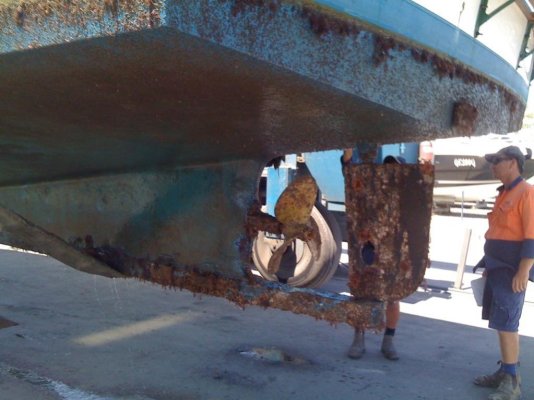Micron 66 is great if you keep the boat in salt water. Even brackish water can cause the paint to fail.
Blue Yonder
All our testing was conducted in pristine water, in a group of moorings off a swimming beach and our results with Micron 66 were stunning, compared to some other AF. The bay opens to the Tasman Sea. But you mention that it is not quite so effective in brackish water and I have heard less than enthusiastic comment from one person in a marina (which might suggest any number of factors).
Jonathan





